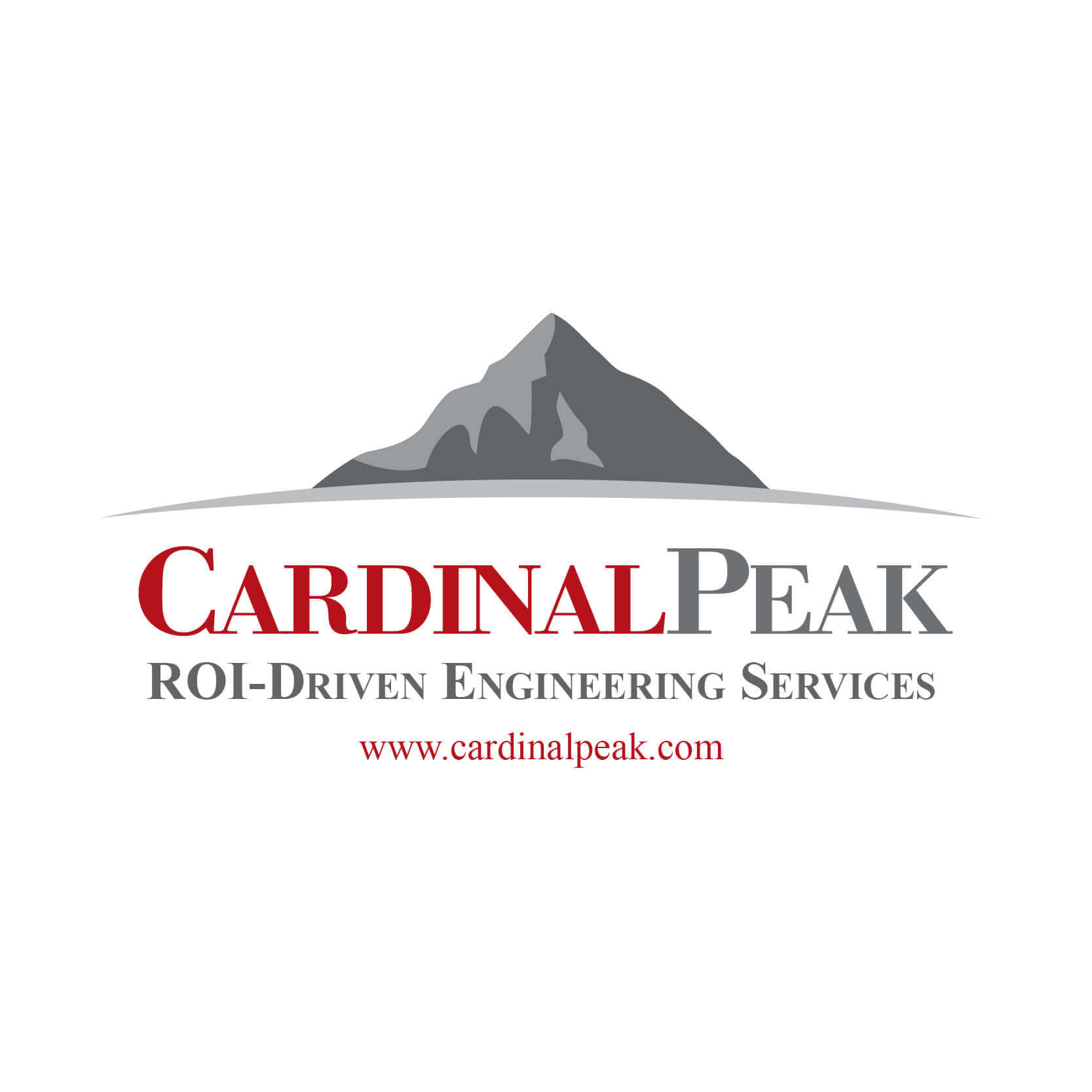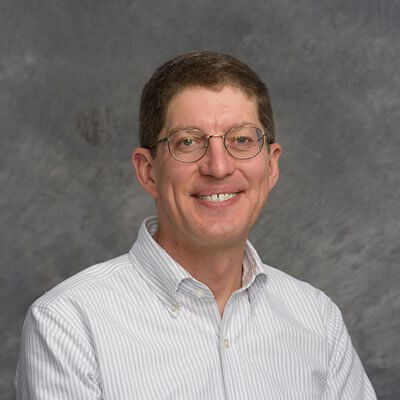HomeBlog
Our blog focuses on sharing our experience and knowledge across a wide range of technologies and industries including hardware and software design, audio, video, internet of things, mobile application and signal processing technologies.
 From an Irrational Fear of Basement Flooding to an Ongoing Amazon Web Services IoT Class
AWS
By Matt Osminer
What began as a project rooted in paranoia that my basement would flood evolved first into a lunch-and-learn I hosted for Cardinal Peak employees. During my initial presentation, I focused on Amazon Web Services’ “internet of things” (AWS IoT) services and how I created “SumPy,” an AWS IoT-driven sump pump monitor and alert system.
Details
From an Irrational Fear of Basement Flooding to an Ongoing Amazon Web Services IoT Class
AWS
By Matt Osminer
What began as a project rooted in paranoia that my basement would flood evolved first into a lunch-and-learn I hosted for Cardinal Peak employees. During my initial presentation, I focused on Amazon Web Services’ “internet of things” (AWS IoT) services and how I created “SumPy,” an AWS IoT-driven sump pump monitor and alert system.
Details
 With RIoT Sponsorship, Cardinal Peak Strengthens Commitment to IoT Market
Connected Devices and IoT
By Jay Lent
As an engineering firm that has successfully helped bring dozens of IoT products to market, establishing a presence in the technology hotbed of North Carolina’s Research Triangle makes good business sense. That is why we are extremely proud to sponsor RIoT…
Details
With RIoT Sponsorship, Cardinal Peak Strengthens Commitment to IoT Market
Connected Devices and IoT
By Jay Lent
As an engineering firm that has successfully helped bring dozens of IoT products to market, establishing a presence in the technology hotbed of North Carolina’s Research Triangle makes good business sense. That is why we are extremely proud to sponsor RIoT…
Details
 What the Iowa Caucus Debacle Can Teach Us About the Importance of Software Testing
Quality Assurance
By Pablo Maurin
The stunning failure of the Iowa caucus smartphone app demonstrates valuable lessons about the importance of software testing.
Details
What the Iowa Caucus Debacle Can Teach Us About the Importance of Software Testing
Quality Assurance
By Pablo Maurin
The stunning failure of the Iowa caucus smartphone app demonstrates valuable lessons about the importance of software testing.
Details
 Community Networking With Cardinal Peak and Plexus
Cardinal Peak Culture
By Cardinal Peak Staff
Last month, more than 35 former Plexus Boulder Design Center employees convened at Cardinal Peak’s Lafayette headquarters to participate in a networking event aimed at both filling open positions and inspiring hope among a group of recently laid-off tech employees.
Details
Community Networking With Cardinal Peak and Plexus
Cardinal Peak Culture
By Cardinal Peak Staff
Last month, more than 35 former Plexus Boulder Design Center employees convened at Cardinal Peak’s Lafayette headquarters to participate in a networking event aimed at both filling open positions and inspiring hope among a group of recently laid-off tech employees.
Details
 Cardinal Peak Team Member Honored With Technology & Engineering Emmy Award
Audio
By Cardinal Peak Staff
Earlier this year, the National Academy of Television Arts & Sciences (NATAS) announced the recipients of the 71st Annual Technology & Engineering Emmy® Awards, with Cardinal Peak consultant Kevin Gross earning recognition for his efforts that ultimately produced the AES67 standard in 2013.
Details
Cardinal Peak Team Member Honored With Technology & Engineering Emmy Award
Audio
By Cardinal Peak Staff
Earlier this year, the National Academy of Television Arts & Sciences (NATAS) announced the recipients of the 71st Annual Technology & Engineering Emmy® Awards, with Cardinal Peak consultant Kevin Gross earning recognition for his efforts that ultimately produced the AES67 standard in 2013.
Details
 Using Dbus in Embedded Linux
Software Development
By Dan Christian
Do you need dbus?
There are command line programs for most system management functions. However, these traditional interfaces now talk dbus to get the job done. For example, the shutdown command actually uses dbus to tell …
Details
Using Dbus in Embedded Linux
Software Development
By Dan Christian
Do you need dbus?
There are command line programs for most system management functions. However, these traditional interfaces now talk dbus to get the job done. For example, the shutdown command actually uses dbus to tell …
Details
 WeWork Doesn’t Lead to Deep Work
Outsourced Engineering
By Howdy Pierce
Great engineers need to have an environment optimized around performing deep work.
Details
WeWork Doesn’t Lead to Deep Work
Outsourced Engineering
By Howdy Pierce
Great engineers need to have an environment optimized around performing deep work.
Details
 Bridging the Gap: Native Modules and React Native
Product Definition
By Randall Furino
Cross-platform development languages such as React Native are truly changing the game. From developers and designers to scripters, folks in QA and product owners, everyone wants a one-to-many relationship from codebase to platform.
Details
Bridging the Gap: Native Modules and React Native
Product Definition
By Randall Furino
Cross-platform development languages such as React Native are truly changing the game. From developers and designers to scripters, folks in QA and product owners, everyone wants a one-to-many relationship from codebase to platform.
Details
 RAII in C
Software Development
By Joe Linhoff
In my last post, I talked about resource management, and how RAII, Resource Acquisition is Initialization, is important in C++ because of the guarantees it provides. In this post, I’ll show how we can make the same guarantees in C. In C++, RAII provides a solution to resource management and the issues arising with exceptions…. View Article
Details
RAII in C
Software Development
By Joe Linhoff
In my last post, I talked about resource management, and how RAII, Resource Acquisition is Initialization, is important in C++ because of the guarantees it provides. In this post, I’ll show how we can make the same guarantees in C. In C++, RAII provides a solution to resource management and the issues arising with exceptions…. View Article
Details
 Banksy Had Inside Help
Connected Devices and IoT
By Howdy Pierce
Today’s discussion at Cardinal Peak involved Banksy’s latest stunt. In case you missed the news, a print of one of Banksy’s most famous street murals, “Girl With Balloon,” appeared to destroy itself only seconds after it was auctioned by Sotheby’s for a record sum of $1.4M. Shortly after the destruction, Banksy posted an Instagram video… View Article
Details
Banksy Had Inside Help
Connected Devices and IoT
By Howdy Pierce
Today’s discussion at Cardinal Peak involved Banksy’s latest stunt. In case you missed the news, a print of one of Banksy’s most famous street murals, “Girl With Balloon,” appeared to destroy itself only seconds after it was auctioned by Sotheby’s for a record sum of $1.4M. Shortly after the destruction, Banksy posted an Instagram video… View Article
Details
RAII Introduction
Software Development
By Joe Linhoff
RAII, or Resource Acquisition is Initialization, is a programming idiom that originally came out of the C++ community. However, it’s a powerful approach that can be used in many languages, including old-fashioned C. In this blog post, I’ll introduce the RAII concept and examine the guarantees it provides in C++. A subsequent post will demonstrate… View Article
Details
 IoT Temperature Monitoring
Connected Devices and IoT
By Howdy Pierce
Cardinal Peak just completed the initial phase of an interesting IoT project that was slightly afield for us. Six months ago, a volunteer for the Emergency Family Assistance Association, a food bank in Boulder, asked me to develop a solution to track temperatures inside freezers and refrigerators. Embarrassingly, we haven’t done much pro bono work… View Article
Details
IoT Temperature Monitoring
Connected Devices and IoT
By Howdy Pierce
Cardinal Peak just completed the initial phase of an interesting IoT project that was slightly afield for us. Six months ago, a volunteer for the Emergency Family Assistance Association, a food bank in Boulder, asked me to develop a solution to track temperatures inside freezers and refrigerators. Embarrassingly, we haven’t done much pro bono work… View Article
Details
25 pages of results